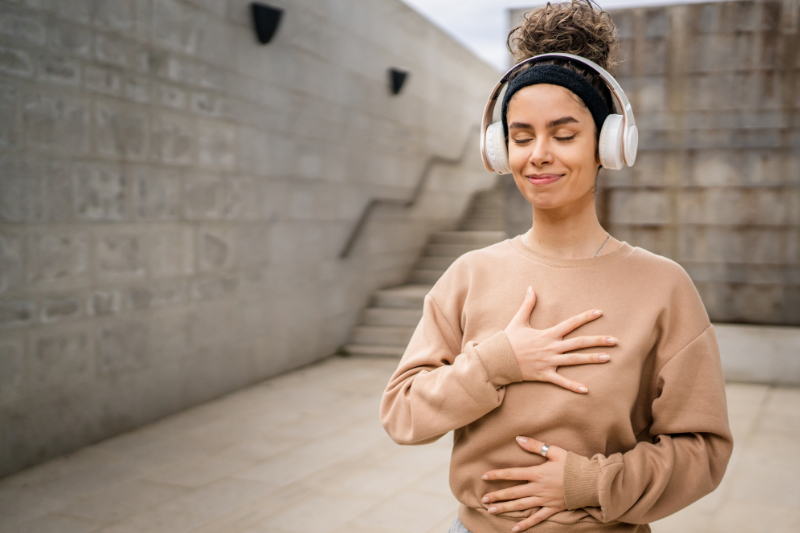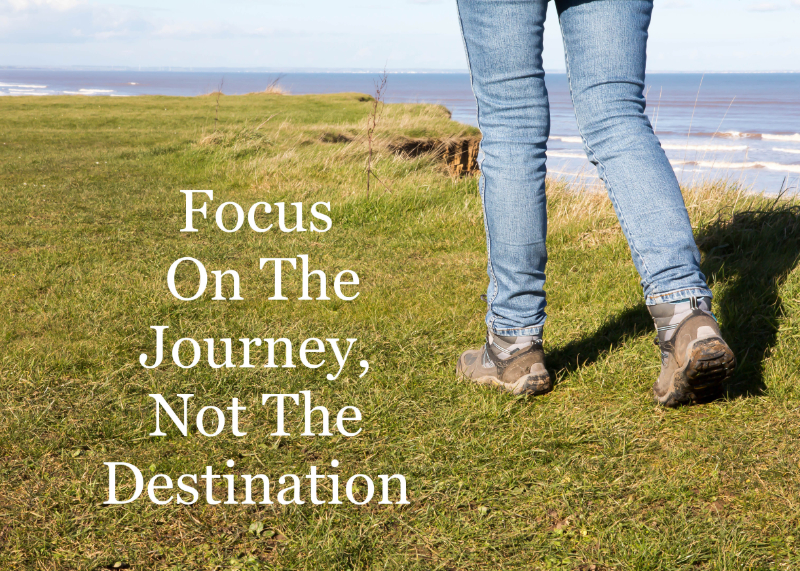A 53-year-old woman injured her left shoulder when skiing approximately three months ago. She sustained a non-displaced greater tuberosity fracture. She reports hitting her head, though she did not lose consciousness. She reports brief vision loss and having difficulty with her memory and occasional word finding. However, she was told due to no loss of consciousness, they did not perform any imaging at the emergency department. In addition, she was initially told that there was no fracture at the emergency department. She was more recently evaluated by orthopedics with clarification and diagnosis of a fracture. However, there was still no referral for a concussion assessment. Rehabilitation screened the patient for a concussion, and the patient was finally referred to sports medicine for a concussion assessment. Based on that examination, she was then referred to speech, occupational, and physical therapy services for continuation of shoulder care as well as a new diagnosis of post-concussion syndrome.
The patient has regained her shoulder's full range of motion but has some continued strength loss secondary to nonsurgical lifting precautions. Her pain has been persistent despite significant improvements in function. The patient also recently had an abdominal hernia surgery that was initially postponed, allowing her to participate in a full skiing season. She had no shoulder pain for a few days post-operatively, but her pain has since returned. With further discussion of her rehabilitation progress, it is learned that there is a high-level life stressors involved. She is a stay-at-home mom with four children heavily involved in competitive travel sports and recent family concerns. Throughout your conversation, you learn that she trained as a massage therapist and worked in a holistic chiropractic clinic before becoming a stay-at-home mother and her corporate employment role.
Biopsychosocial Variables for Plan of Care:
Biological:
53 years of age, healed humeral fracture, post-concussion syndrome with difficulty with focus/attention/memory, lifting limited secondary to abdominal hernia repair, near full range of motion of the shoulder, no further precautions set by orthopedics, vitals within normal limits but her blood pressure was elevated to 138/90mmHg (typically ranges <120/<80 mmHg)
Psychological:
History of anxiety and depression
Social:
Family concerns/issues, recent prolonged family visit, inability to ski for the last half of the season (her coping strategy), inability to work due to requirements as role as a stay-at-home mother, inability to participate in previous self-care activities
Intervention Strategies:
During her most recent visit, she reported increased fatigue from not sleeping well due to family concerns and her children. She reported reduced pain in her shoulder since her abdominal surgery and doing much less. However, with the return of reduced sleep and return of activity, she is having increased pain. During the session’s initial warm-up for physical therapy, there was a discussion that explained how pain, concussion symptoms, and increased and prolonged physical and emotional stress all significantly impact the nervous system. Typical stimuli can be perceived as threatening or dangerous. The body and nervous system’s reaction can become hypersensitive. Neurological load from the post-concussion syndrome, having prolonged pain, and having a prolonged stress response can all impact an individual’s appropriate sympathetic and parasympathetic regulation. These less appropriate responses further tax various brain and nervous system functions.
The therapist and the patient then discussed the potential benefits of mindfulness or focused attention training to give the nervous system a “break.” The therapist explained that this allows present-moment processing to reduce overall neurological load and sympathetic reactivity. The patient agreed and initiated supine-focused attention training emphasizing awareness of breathing. The patient was occasionally cued to note or become aware when her attention shifted from focusing on her breathing. She responds with nonjudgement to various stimuli such as sensations, emotions, sounds, lighting, etc., then guides her focus back to the breath and attends to the sensations of breathing. The therapist then reassessed vitals, and blood pressure was now 118/78 mmHg post-focused attention breathing. The patient was surprised that simple breathing could have such an effect on her blood pressure. She then stated she would like to continue incorporating it throughout her day between various stressful activities.














